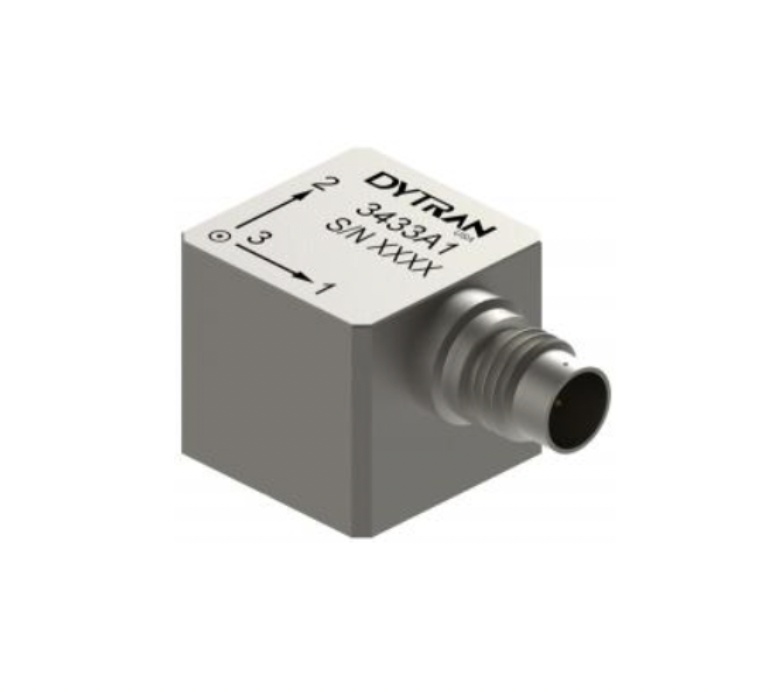What are Accelerometers?
Accelerometers measure the acceleration or the rate of velocity change of an object. They are perfect for a wide range of applications, including smartphones, fitness trackers, game controllers and vehicles. They work by measuring the acceleration of an object along one or more axes.
How Does an Accelerometer Function?
Accelerometers use a small mass (called the proof mass). This small mass suspends within a frame by a spring. When the accelerometer experiences acceleration, the proof mass moves in response to this acceleration. This movement causes the spring compress or stretch. The amount of compression or stretching is proportional to the acceleration experienced by the accelerometer.
Types of Accelerometers
There are different types of accelerometers, but the most common type is the MEMS (Microelectromechanical Systems) accelerometer. MEMS accelerometers use microfabrication technology. This technology also uses a tiny proof mass, a set of electrodes and a suspension system. Silicone is used to construct the proof mass while a set of thin, flexible beams allow it to move in response to acceleration. Finally, the electrodes detect the movement of the proof mass and to convert it into an electrical signal for measuring.
When this accelerometer experiences acceleration, the proof mass moves in response to this acceleration. The beams also bend or stretch causing a change in the capacitance between the proof mass and the electrodes. Following this, the change in capacitance converts into an electrical signal. This signal is then amplified and processed to determine the acceleration.
Single-Axis vs Triaxial Accelerometers
Accelerometers can measure acceleration along one or more axes. This depends on the design of the accelerometer. For example, a single-axis accelerometer measures acceleration along one axis, while a triaxial accelerometer measures acceleration along three axes (x, y, and z).
The Output
Accelerometers function by measuring the acceleration of an object. They also detect the movement of a proof mass suspended within a frame. This movement is converted into an electrical signal that measures and processes the data. Thus determining the acceleration along one or more axes. In conclusion, accelerometers are perfect for many applications thanks to their small size, low power consumption and high accuracy.
Contact Us
If you would like to speak to one of our friendly staff to find out more, please click here.
